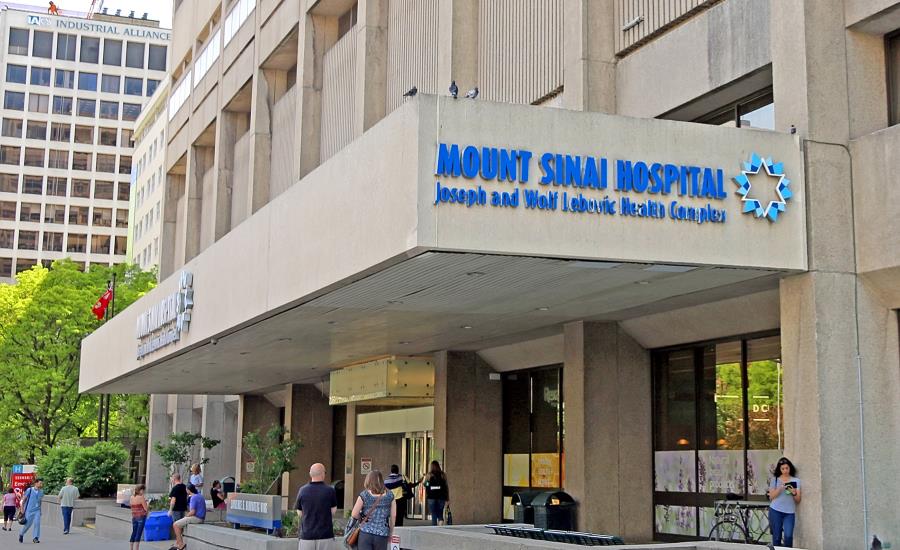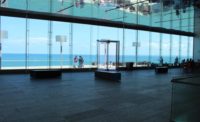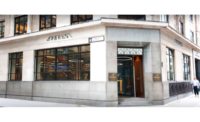Boon Edam Inc. announced that Mt. Sinai Hospital in Toronto has succeeded in reducing wind tunnel issues within its high-volume, three entrance public corridor into the hospital’s main entrance. Dor-Control Craftsmen, Ltd. installed the entrances and oversees on-going maintenance needs.
Toronto is known for its cold and blustery winter months. Prior to February 2016, Mt. Sinai Hospital employees, patients, and visitors often had to endure freezing wind tunnel conditions within a street level entrance corridor linking University and Murray Streets. Wind conditions could be so severe that employees using a smaller, employee-designated swinging entrance at times could not manually open that door.
“On the hospital’s main floor there is a long corridor between University and Murray Streets,” explained Tony Khouri, vice president, facilities and capital development. “Formerly, we had double sliding doors at each entrance, and because of the high foot traffic we had lots of problems with blasts of cold air running up and down the corridor.” The corridor not only connects the two streets to the main entrance of the hospital, it also has retail and other shops located along it length.
The hospital engaged an expert about renovating the entrances, and the consultant recommended installing revolving doors to stop the infiltration of air. In a competitive bid process, Boon Edam revolving doors were selected.
Throughput was an issue, “Compared to other hospitals, we have a high number of users for these entrances, averaging 1,000 per hour,” Khouri said. Mt. Sinai installed a 16-in. diameter, dual-wing Duotour at Murray St., the larger of the two main entrances. This entrance is more accessible for patients arriving or leaving by car, and can accommodate wheelchairs and patients on stretchers. The smaller entrance, University St., is accessed up a flight of stairs and has been fitted with a 12-in. diameter, two-wing Duotour. Both entrances also maintain one set of push-button activated sliding doors alongside the revolving doors to conform with the Ontario Disabilities Act and for emergency egress. A third, 8-in. diameter, four-wing, BoonAssist TQ manual revolving door is installed at the employee entrance, thereby eliminating the “stuck door” problem when it was a manual swinging door.
“We try to monitor the sliding door use as much as possible, but we still have some gusting issues,” Khouri said. The revolving doors are the best solution, given our space and property limitations, and these entrances have cut our wind tunnel effect by 60-70 percent. I believe that the revolving doors are the biggest factor in that improvement.”






